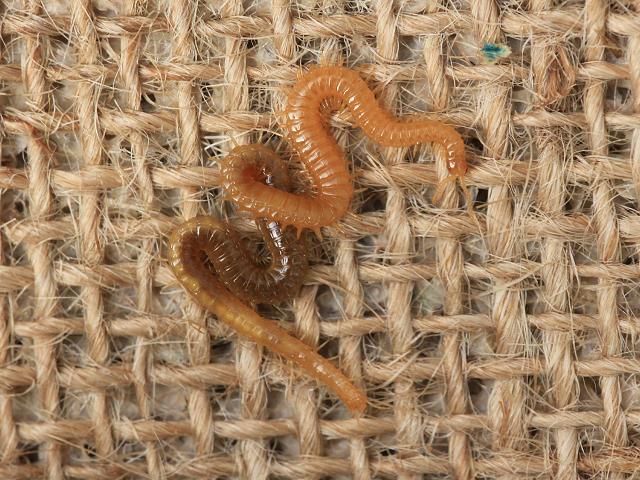
APHOTOFAUNA
An online educational resource dedicated to the photography of
terrestrial wildlife and their habitats, found across South-West
England and the Devon and Cornwall Peninsula by David Fenwick.
Stigmatogaster subterranea - A Himantariid centipede (Centipede images)
Scroll down and rollover titles to change screen image or click on title to view image.
Himantariid centipede
Stigmatogaster subterranea
- dorsal view 1
Stigmatogaster subterranea
- dorsal view 1
Himantariid centipede
Stigmatogaster subterranea
- dorsal view 2
Himantariid centipede
Stigmatogaster subterranea
- dorsal view 3
Himantariid centipede
Stigmatogaster subterranea
- head 1
Himantariid centipede
Stigmatogaster subterranea
- above strandline 1
Himantariid centipede
Stigmatogaster subterranea
- above strandline 2
Himantariid centipede
Stigmatogaster subterranea
- above strandline 3
Images of species taken on the beach along the promenade at Wherrytown, Penzance, Cornwall, 26.08.12. SW 46568 29285. Approx. 1-2m above MHWM. Species was found under / between beach pebbles / shingle (a mix of Mylor Slate, granite and other minerals), average size 50mm, that formed a +/-100mm layer over a
clay substrate. Species also found under rocks and other shady places, in a garden at Roscadghill Parc, Heamoor, Penzance, Cornwall. 16.04.13. Species noted to occur in this sort of marine habitat in the south-west of England. Identification confirmed by Anthony Barber.
Himantariid centipede
Stigmatogaster subterranea
- dorsal view juvenile 1
Himantariid centipede
Stigmatogaster subterranea
- dorsal view juvenile 2
Himantariid centipede
Stigmatogaster subterranea
- with 1.0mm division rule 1
Himantariid centipede
Stigmatogaster subterranea
- dorsal posterior juvenile 1
Himantariid centipede
Stigmatogaster subterranea
- dorsal posterior juvenile 2
Himantariid centipede
Stigmatogaster subterranea
- ventral posterior juvenile 1
Himantariid centipede
Stigmatogaster subterranea
- ventral posterior juvenile 2
Himantariid centipede
Stigmatogaster subterranea
- ventral anterior juvenile 1
Himantariid centipede
Stigmatogaster subterranea
- ventral view head juvenile 1
The specimen above is a juvenile of this species, it was found under a compost bag in a utility area at Morrab Sub-tropical Gardens, Penzance, Cornwall. 31.10.16.
APHOTOFAUNA supports open source data recording and sharing for the benefit of wildlife, recorders, research, science and education. The project works closely with the following bodies and organisations.
British Myriapod and Isopod Group (BMIG) aims to actively develop identification, training and recording relevant to improving the knowledge and conservation of centipedes, millipedes, pauropods & symphylans (the Myriapoda) and woodlice & waterlice (the Isopoda) found in Britain and Ireland.
The CISFBR or Cornwall and Isles of Scilly Federation of Biological Recorders is an independent umbrella organisation supporting independent recorders and recording groups in the county of Cornwall.
The Cornish Biodiversity Network or CBN is the largest open source wildlife database in Cornwall that sends open source data to the NBN (National Biodiversity Network). It is a new recording system based on the ERICA database, the largest recording resource in Cornwall. The CBN best supports the activities and needs of the independent recording community and recording groups in Cornwall.
The National Biodiversity Network or NBN is a charity that supports open source data sharing and recording supporting conservation, science and education.
"Why do recorders need open source?". Simply because it supports the core values of wildlife recording and the free use of records and data over a very wide network that includes partners like the Natural History Museum.

The main objective of this website is in furthering environmental awareness and education through the medium of photography. To increase awareness and access to the wildlife of the region and help
people find and identify it. Sometimes the difference between species is obvious but many species can only be determined by observing microscopic characteristics that are specific to any one species.



